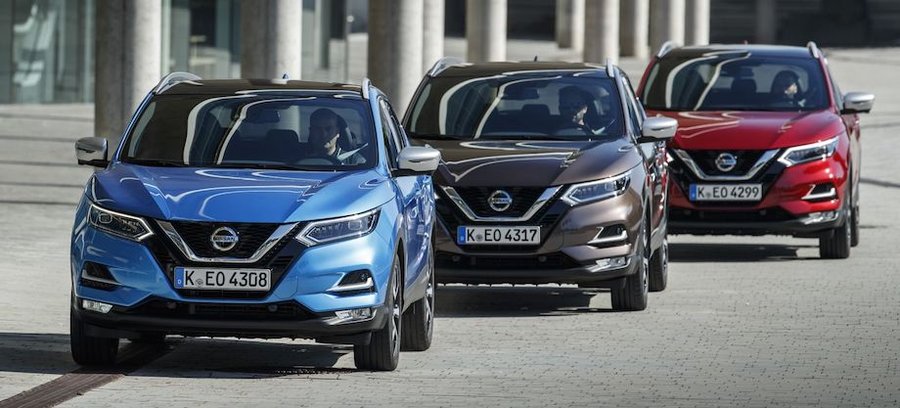2022 Nissan Qashqai Will Have Hybrid and Plug-In Versions

However, it happens to be based on a European model called the Qashqai, and that happens to be the most popular kid on the block over there.
The model is already nearing the end of its second generation, with a successor planned for debut next year, though it will most likely be a 2022 model. Auto Express not only secured the launch year information, but also a couple of juicy powertrain details.
More specifically, they've got an official statement about it having both a regular hybrid powertrain and a plug-in hybrid. The details don't fully line up, but at least we know it's going to be a green car.
The basic hybrid version is said to be based on Nissan's ePower systems from Japan, which is a little strange. Heck, it's not even how you spell it. At least in the case of the Note, ePower is kind of a generator-EV kind of thing, not a hybrid. The other model will use plug-in hybrid technology developed by Mitsubishi, which is now under Nissan's umbrella.
According to a company official, plug-in hybrids weren't that interesting, seen internally as a stop-gap that only works for about four to five more years, until EV batteries become really cheap. But they had access to the technology and decided to give it a try.
"We're investigating the ePower technology for Europe," Nissan's European vice president of product planning Ponz Pandikuthira said. "The biggest difference when you do these onboard generator vehicles is highway driving – in Japan, they typically don't go above 50-65 mph. Here in Europe, you do 80-85 mph on a regular basis. At those speeds, you end up depleting the battery very quickly, so the range extender has to work really hard to keep the energy going and then it goes out of its range of efficiency."
That's kind of an unclear statement for a car that supposes to come out next year. We think that means the hybrid systems won't be available immediately. The only small problem with that is it leaves a gap, since the frugal diesel engines probably won't be offered on the Qashqai 3. But Nissan at least has access to a bunch of smaller turbocharged gasoline units, most notably the 1.3-liter.
Related News
